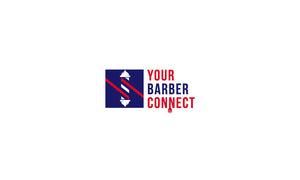Deciphering Barber Pricing: How Much Should Barbers Charge?
Determining the right pricing structure for barber services is a crucial aspect of running a successful and sustainable business. Balancing competitive rates with fair compensation for skills and time is an ongoing challenge for many barbers. Understanding the variables that influence pricing can help barbers set rates that reflect their expertise while remaining attractive to clients.
Factors Influencing Pricing:
1. Location: The geographical area significantly impacts pricing. Barbers in urban areas or affluent neighborhoods often charge more due to higher operating costs and clientele with greater spending capacity.
2. Skill and Expertise: Experienced barbers with specialized skills or certifications usually command higher rates. Advanced techniques, like intricate fades or complex styling, warrant higher pricing.
3. Overheads and Operational Costs: Rent, utilities, insurance, and the cost of quality tools and products all influence pricing. Barbers need to cover these operational expenses while ensuring a reasonable profit margin.
4. Service Offerings: A diverse range of services, such as beard trims, hot towel shaves, or grooming consultations, may be priced differently based on time and complexity.
Strategies for Setting Prices:
Market Research: Studying local competitors' pricing can offer insights. Understanding the average rates in the area can help in setting competitive yet profitable prices.
Value-Based Pricing: Reflecting the value of service provided is essential. This could mean considering the quality of the experience, the barber's expertise, and the overall satisfaction of the client.
Tiered Pricing: Offering different levels of service at varying price points allows for catering to a broader clientele. Basic cuts could have a standard rate, while premium or complex services command a higher price.
Clear Communication: Transparent pricing is key. Displaying rates prominently in the shop and on the website or social media platforms helps clients understand what to expect.
Client Relationships: Building rapport with clients can sometimes justify a premium price. Consistent, quality service and a comfortable atmosphere can make clients more willing to pay higher rates.
Adaptability: Being open to adjusting prices based on feedback, market changes, or new services is important. Flexibility in pricing can help in staying competitive.
Conclusion:
Determining how much to charge as a barber involves a balance between covering costs, reflecting expertise, and remaining attractive to clients. It’s a dynamic process that may require adjustments over time. Ultimately, setting fair and competitive prices that reflect the quality of service and expertise is key to building a successful and sustainable barbering business.
